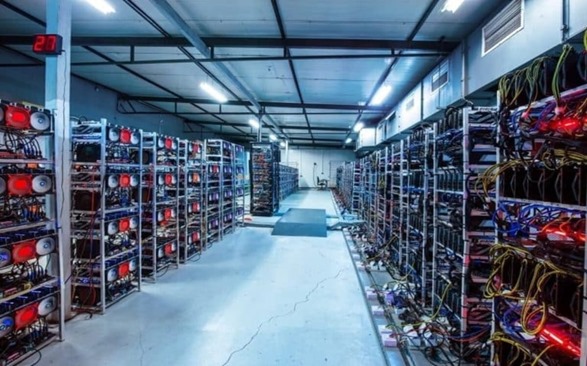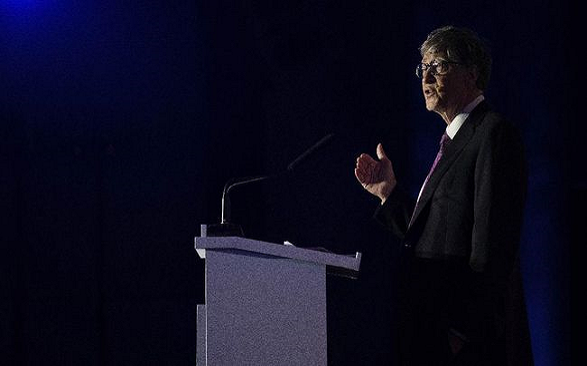by Edison Irabor
OKX, the 4th largest cryptocurrency exchange in the world, has delisted Tether (USDT) trading pairs for users in the European Economic Area (EEA). This decision is ahead of the take-off of Markets in Crypto-Assets Regulation (MiCA), a continent-wide regulatory framework that commences at the end of June 2024.
The stablecoin ecosystem is bound to be disrupted.
While MiCA is expected to help achieve a more transparent and efficient crypto industry, the new regime will not come without disrupting the ecosystem. This is even more so because the biggest stablecoin issuers are not from Europe. From Tether to Circle, they are off-shore stablecoin issuers.
Currently, largest stablecoin issuer is USDT with a market capitalization of $104 billion), dominating the market by 56.6%. The second largest stablecoin issuer is Circle (USDC) with a market capitalization of $3.5 billion and a 22.5% market dominance. The third largest is MakerDAO (DAI) with a market capitalization of $5.3 billion and a 9.1% market dominance. Combined, Tether, Circle, and MakerDAO have up to 84% of market share, globally.
Related: Tether (USDT) Stablecoin: Use Cases and Pros and Cons You Should Know
Related: Introduction to Stablecoins: USDT, USDC, and BUSD
OKX, based in Seychelles, stated in a customer-facing message: “We would like to inform you that the availability of USDT trading pairs in your region has been discontinued…. Moving forward, only EUR and USDC trading pairs will be accessible for spot trading.”
OKX however also announced the listing of 30 new EUR spot trading pairs alongside the delisting of others.
This is coming days after the European Union (EU) released draft technical standards related to stablecoins.
Related: Stablecoins for stable markets: Why regulators should put market stability first
What next?
To continue to be available to and accessible by customers and users in Europe, all listed stablecoins must be compliant with the provisions of MiCA. MiCA introduced stringent requirements for stablecoins, known in the law as “e-money tokens” and “asset reference tokens”.
Apart from a stablecoin issuer being required to establish an EEA entity, it must be authorized as an Electronic Money Institution firm in the EEA. Stablecoin issuers have up till 30 June 2024 to meet up.
OKX delisting USDT may just be an omen of what is coming to the crypto market in the next few months. Considering that USDT dominates over half of the stablecoin market globally, there is not doubt that as more cryptocurrency exchanges delist USDT in Europe, the crunch would be gradually felt outside Europe.
Notably, the EU is not demanding that there should be no stablecoins pegged to the Euro, but it requires that stablecoin issuers meet certain requirements in order to improve the safety and security of their stablecoins as e-money or asset-reference tokens. Though MiCA isn’t anywhere perfect, it is the way to go. Particularly when compared to the United States regulatory environment, Europe appears to have more clarity and certainty. Ironically, Tether and Circle are U.S companies. In Nigeria, embattled Binance discontinued all Naira (NGN) spot trading pairs (i.e., BTC/NGN and USDT/NGN) from its platform on 8 March following a demand by Nigerian authorities. Binance also discontinued all Naira services. Meanwhile, Nigeria does not presently have any stablecoin regulation.
Related: Major use cases of cryptocurrencies in Africa
The Implications
We expect more cryptocurrency exchanges who offer stablecoins to customers in Europe to delist them.
While it is possible for these cryptocurrency exchanges to relist in the future after they become compliant with MiCA, the immediate disruption is imminent.
By the way, it looks like the pioneers in crypto will not necessarily be the champions in the new regime. Champions will mostly come from the traditional banking and fintech industry, not purely the crypto space.
Indeed, Europe does have a way of innovating more around regulation, not technology, doesn’t it?
Read also: Refuge from the Naira: Why Nigerians are Turning to Stablecoins in an Unstable Economy
Discover more from Crypto Asset Buyer
Subscribe to get the latest posts sent to your email.




